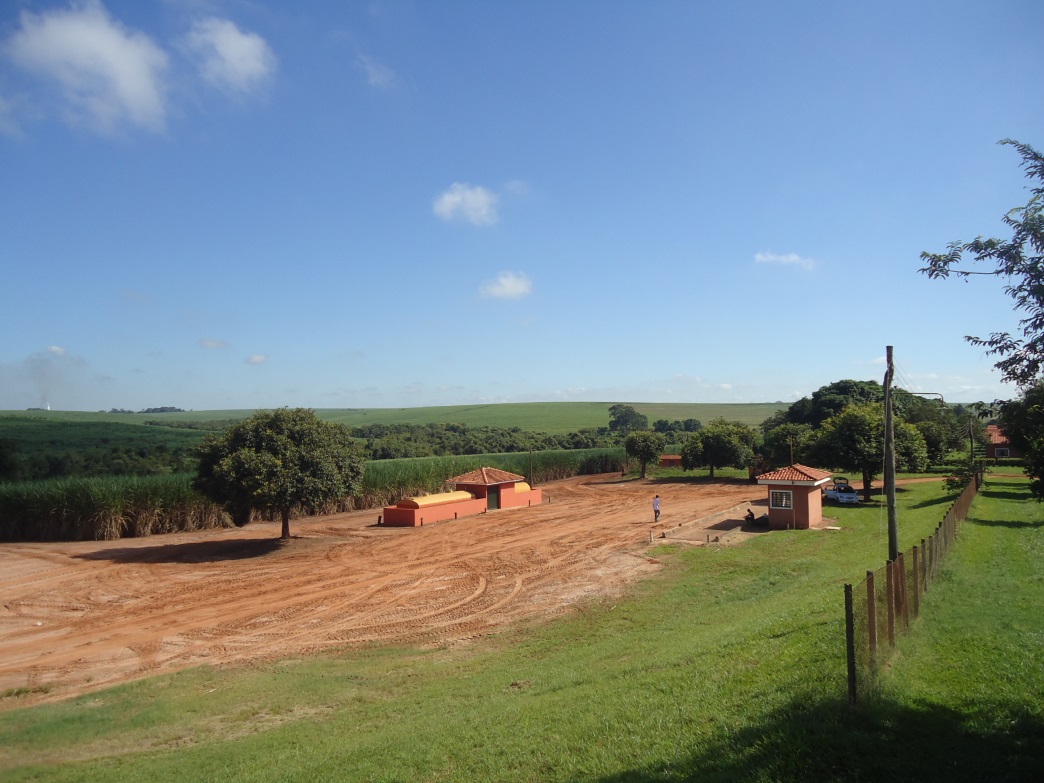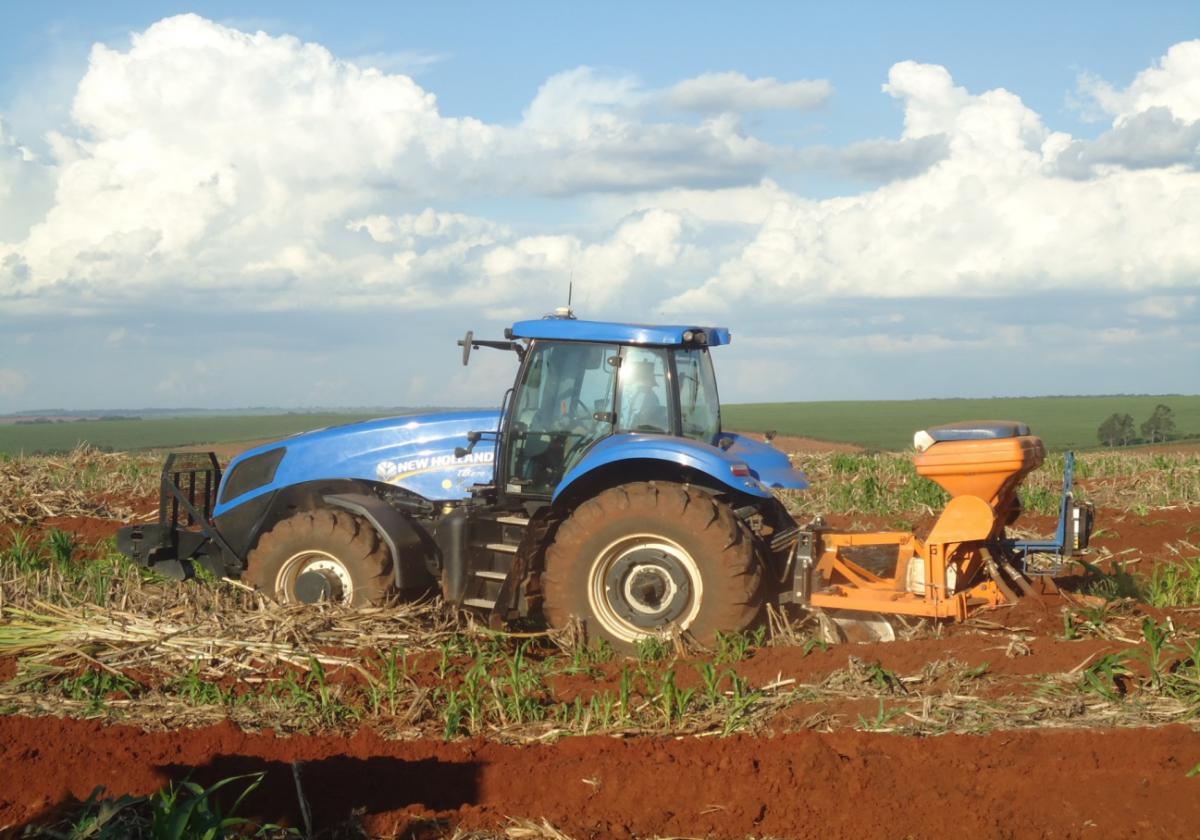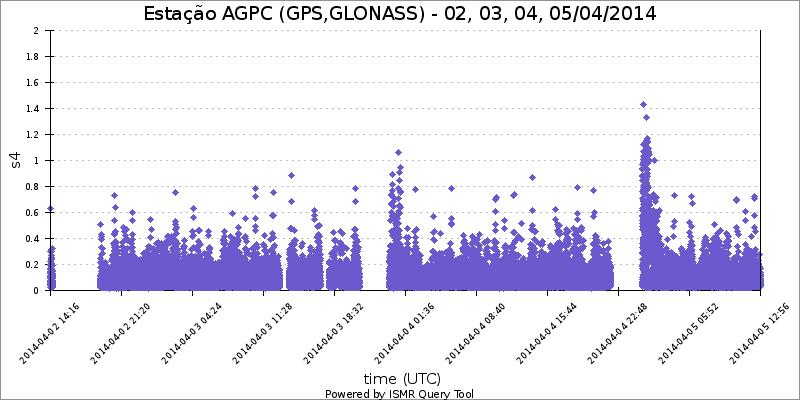Europe is becoming a key player in the global navigation satellite system (GNSS) arena. In this series of articles, the European GNSS Agency (GSA) highlights the many success stories happening across all sectors in market uptake, user adoption, innovation and R&D. Here we focus on the agriculture sector and how European GNSS, like EGNOS and Galileo, is bringing the benefits of precision agriculture to the challenging environments of Brazil.
High accuracy GNSS positioning has been at the core of Precision Agriculture (PA) technology  in Brazil – supporting planting, harvesting and overall maintenance of farming areas. For example, the Brazilian ethanol industry is a full-time user PA, relying on such high accuracy GNSS techniques as Real Time Kinematic (RTK).
in Brazil – supporting planting, harvesting and overall maintenance of farming areas. For example, the Brazilian ethanol industry is a full-time user PA, relying on such high accuracy GNSS techniques as Real Time Kinematic (RTK).
Although the use of such technology is widespread, there are challenges. The use of GNSS RTK, for instance, is limited due to the high frequency of ionospheric scintillation that, especially in years of high solar activity, systematically disrupts RTK performance during the evening and nights. This results in downtime and, consequently, large financial losses.
Also read: European Space Solutions 2014: European GNSS For Smart Farming
Tackling challenges like this is the objective of the CALIBRA FP7 project and its many local partners. Agro Pastoril Campanelli, one of CALIBRA’s local industrial partners, is an example of an agriculture company that extensively relies on PA technology. Campanelli plays an active role in the project and, within this scope, have provided the necessary infrastructure for the CALIBRA to perform a real world experiment during normal field operations (Figure 1).
A successful experiment

GNSS receivers purchased by CALIBRA partners UNESP and ConsultGEL were used during the experiments. One ionospheric scintillation monitor receiver (ISMR) unit, the Septentrio PolaRxS, was set up to monitor the ionosphere, while an Altus APS3 receiver was installed as a RTK reference station. A number of RTK units were mounted in the PA tractor (figure 2) for performance evaluation.

The experiments were conducted during the first week of April 2014.
At the time of writing, data has been stored and made available to project partners for analysis. Results will be disseminated via the project website, relevant events and sector publications.
Media note: This feature can be republished without charge provided the European GNSS Agency (GSA) is acknowledged as the source at the top or the bottom of the story. You must request permission before you use any of the photographs on the site. If you republish, we would be grateful if you could link back to the GSA website (http://www.gsa.europa.eu).
More information:
The European GNSS Agency
EGNOS Agriculture
CALIBRA
CALIBRA FP7
Horizon 2020